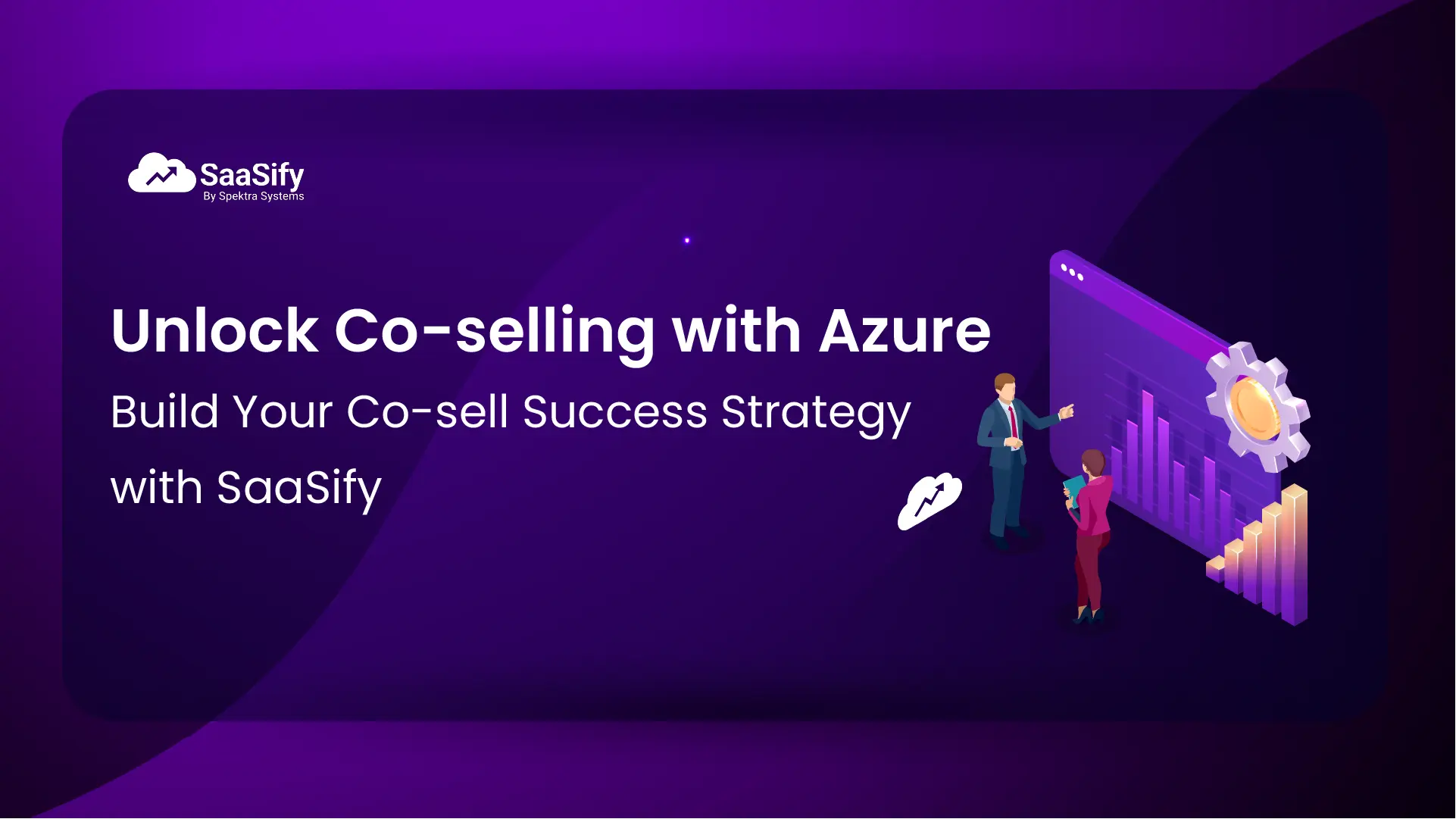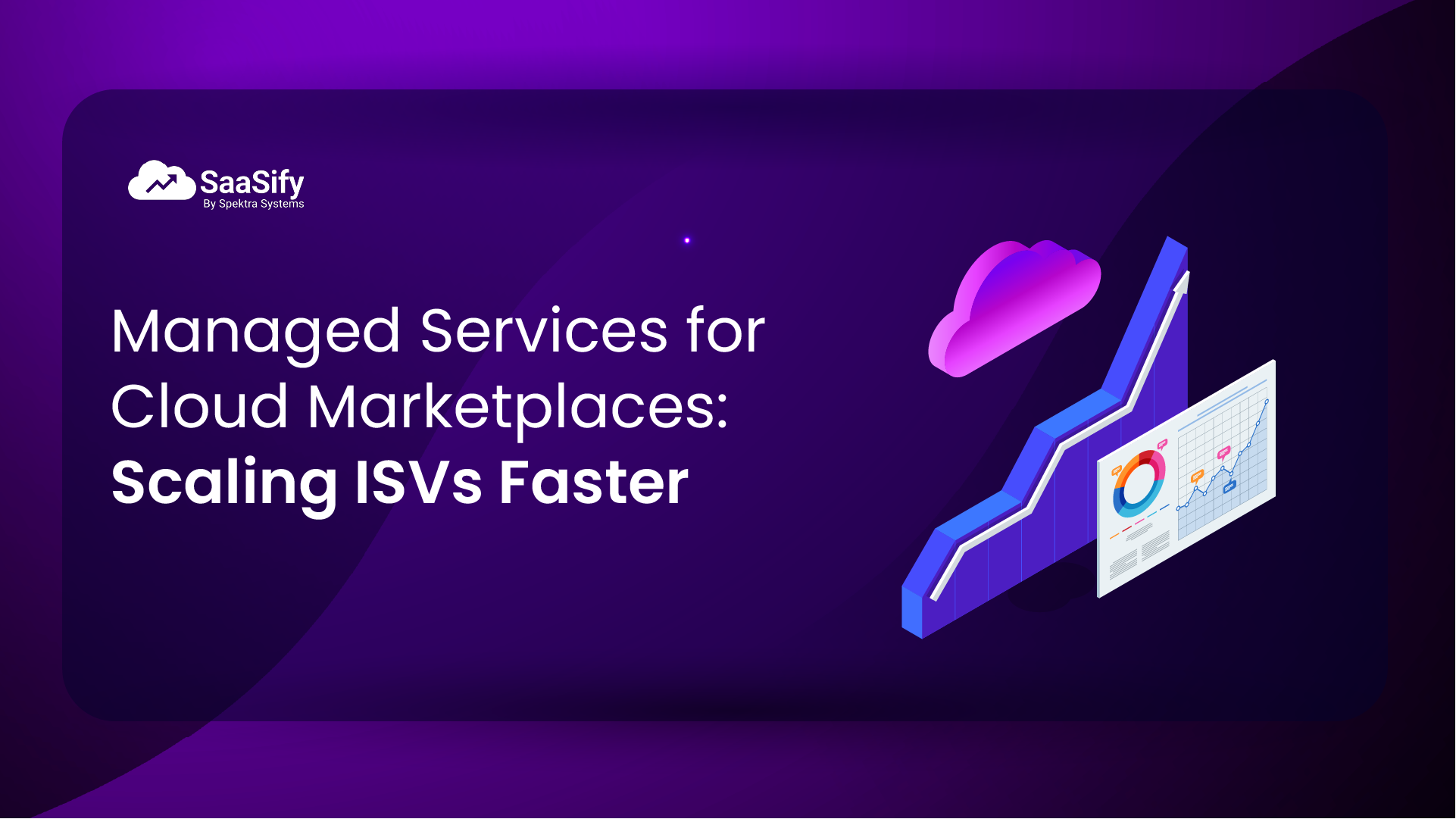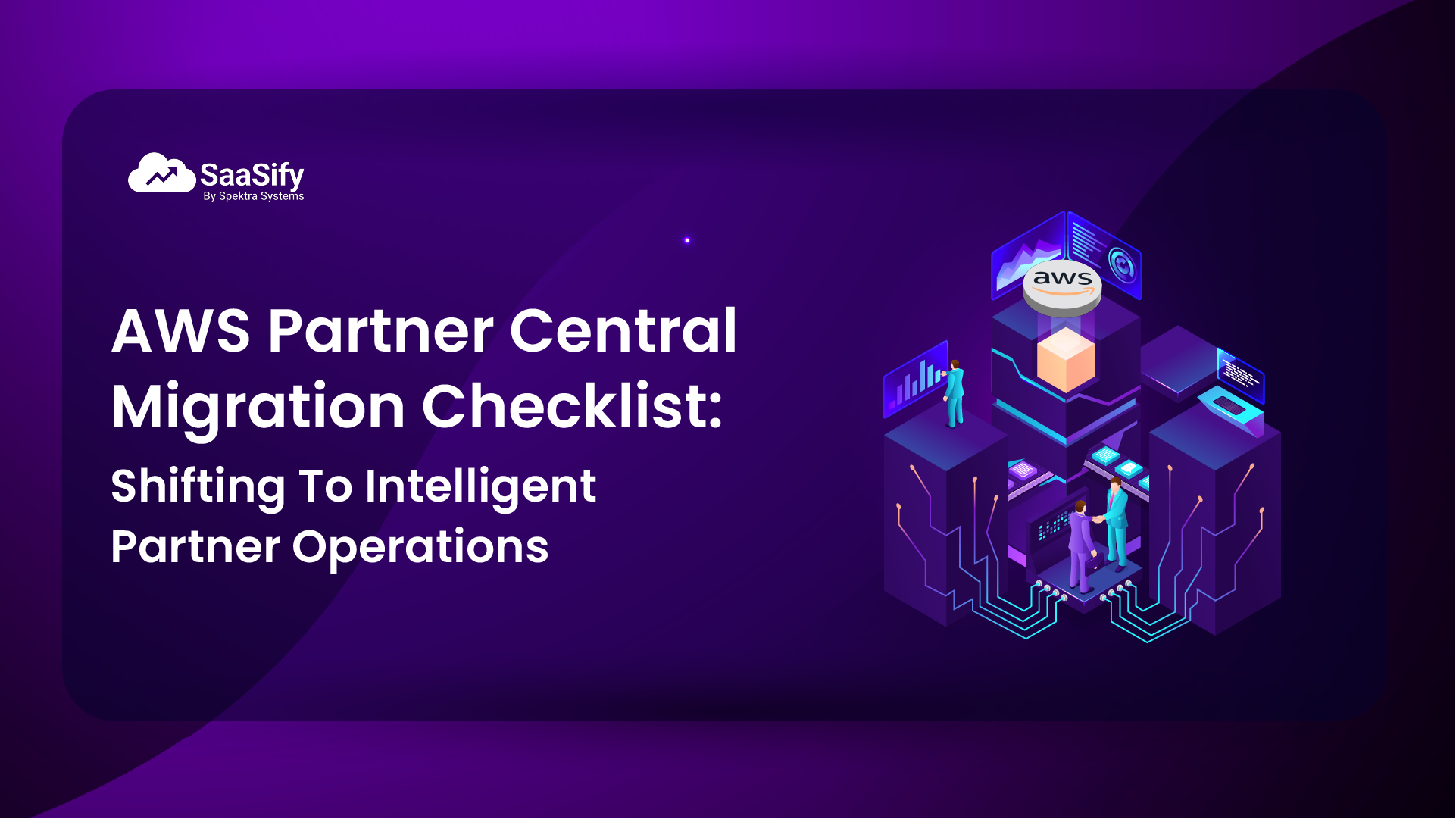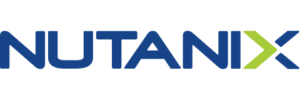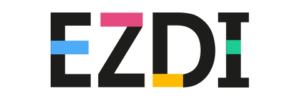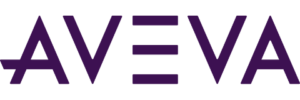The Must-Know Guide to Scaling ISV Sales on Microsoft Azure Marketplace
For Independent Software Vendors (ISVs), the Azure Marketplace is no longer just an option – it’s becoming a cornerstone of modern sales strategy. And it’s easy to see why!
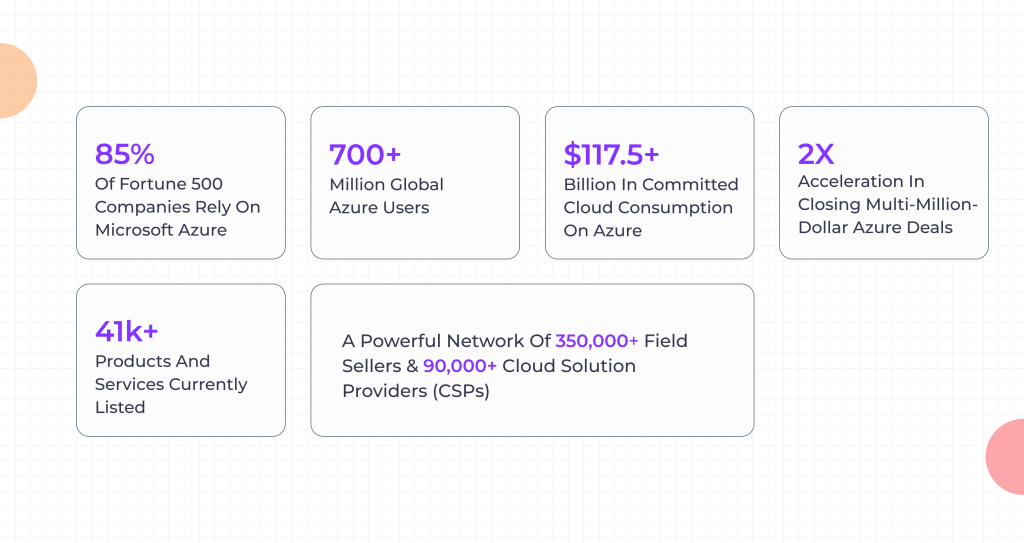
With growing customer demand for cloud-based software procurement, significant investment from Microsoft, and increasing ISV adoption, the Azure Marketplace has emerged as a high-impact go-to-market channel.
However, selling on the Azure Marketplace isn’t without its challenges. ISVs often face strategic and operational roadblocks that can limit the return on investment and slow down cloud sales momentum. This article serves as a step-by-step, self-serve guide to help ISVs successfully navigate the Azure Marketplace—from listing to co-selling—helping ISVs with cloud GTM, automation of cloud operations and accelerate sales and revenue. Here’s what you can learn:
- Getting started with Azure marketplace: Strategic, technical and operational readiness
- Automating Azure marketplace offer listing and transacting (public offers)
- Creating and managing private offers (direct customers and MPO) from CRM
- Automating co-sell operations, workflows and partner communication with CRM integration
- Scaling Azure sales with advanced reporting and analytics
Accelerating Azure Marketplace Sales for ISVs (with SaaSify)
1. Understand why Azure Marketplace matters
The Marketplace helps ISVs reach enterprise buyers who prefer transactable, cloud-committed purchases. SaaSify’s strategic advisory, cloud mentorship and tailored guidance helps accelerate your cloud GTM journey by making it easy to launch Marketplace offers that are purchase-ready and aligned with Microsoft incentives.
2. Build internal alignment early
Successful Marketplace strategy needs cross-functional buy-in from product, legal, finance, marketing, and sales. SaaSify’s no-code platform and enablement sessions facilitate collaboration across teams—enabling product managers, marketers, and sellers to work from a unified platform.
3. List a transactable public offer
This is your product’s storefront. It needs to be compliant, clear, and ready to transact. Leverage SaaSify to configure and publish transactable offers without any engineering effort, using a no-code UI and compliance-friendly templates.
4. Support private offers to fast-track enterprise deals
Tailor offers with custom pricing and terms for different customers to win deals faster. SaaSify automates private offer lifecycle (Direct, CSP, or multiparty), and lets your sales team generate, send, track and manage offers in just a few clicks – all from within your CRM.
5. Activate and scale Microsoft co-sell motions
Co-selling with Microsoft expands your reach and speeds up deal closures. SaaSify helps you become co-sell ready and facilitates opportunity sharing, syncing and management directly within your CRM—helping you align with Microsoft sellers without manual overhead.
6. Reduce manual work that slows you down
Manually managing offers, approvals, and co-sell updates kills momentum. SaaSify centralizes and automates all Marketplace workflows—offer updates, approval cycles, CRM sync, and reporting – cutting hours of manual effort.
7. Track performance and refine your GTM
See what’s working. Refine offers, messages, and outreach with real data. SaaSify offers actionable dashboards and reporting across Marketplace and co-sell metrics—so you can make data-driven decisions and scale faster within your CRM.
Marketplace Readiness: Strategic, Technical, and Operational Alignment
Before diving into listings or co-sell activities, ISVs must first assess and build their internal readiness. Success on Azure Marketplace is not just about meeting technical requirements—it’s about aligning teams, systems, and goals around a marketplace-first sales strategy.
Why Getting Marketplace-Ready Matters
A successful launch begins long before your product goes live. It requires alignment across business units, clarity on objectives, and operational readiness to support Azure marketplace workflows. Without upfront planning, ISVs risk long approval cycles, listing rejections, and missed sales opportunities. Key readiness considerations include:
- Strategic Alignment: Is leadership aligned on why you’re going to market via Azure? Do you have clear KPIs? Metrics may include:
- $1M cloud revenue through Azure in 12 months
- 80% of offers co-sell eligible within 6 months
- Closing 10 private offers per quarter
- Technical Feasibility: Is your product deployable in the Azure ecosystem? Are your billing and metering capabilities compatible?
- Operational Preparedness: Is your team equipped to manage marketplace operations, finance reconciliations, and sales handoffs?
Cross-functional upskilling is key to execution. Teams must understand their unique role in the marketplace value chain:
- Sales: Positioning Azure Marketplace benefits (e.g., simplified procurement, faster deployment)
- Marketing: Creating co-branded assets for Microsoft sellers
- Finance: Managing marketplace billing, metering, and reconciliation
- Product/Engineering: Meeting publishing requirements, making necessary engineering changes for listing, integrating usage tracking
Without this orchestration, ISVs risk going live with offers that lack co-sell eligibility, underperform in visibility, or stall in operations.
How SaaSify Helps:
SaaSify enables a structured, collaborative go-to-market kickoff through:
- Strategic advisory workshops and leadership alignment sessions tailored to ISV business models
- Custom Azure Marketplace roadmaps and KPI frameworks
- Readiness checklists, stakeholder role-mapping, and internal enablement sessions, self-serve guides, webinars, and live sessions to train cross-functional teams
- Marketplace compliance and audit support across GTM, product, and finance
Publishing Transactable Offers: Engineering Readiness and Listing Automation
Public offers are your entry point into the Azure Marketplace. But the listing process often involves complex technical requirements, documentation, and multiple team hand-offs. Furthermore, Transactable offers, where Microsoft handles billing on your behalf, are essential for unlocking co-sell eligibility and simplifying procurement for enterprise customers.
Engineering Due Diligence for Public Offers
Getting listed is more than just filling out a form. ISVs must address:
- Offer Type Selection: Choose between SaaS, VM, Container, or Managed Application
- Pricing Models: Support flat-rate, usage-based, tiered pricing, or percent-of-spend
- Subscription and Metering: Integrate with Azure APIs to track customer usage and bill accordingly
- Legal Documentation: Ensure all EULA, privacy policy, and terms of use are in place
- Offer Metadata: Populate technical descriptions, onboarding documentation, and visual assets
However, there are several challenges which make Azure marketplace listing and transacting difficult, including:
- Engineering teams are often stretched thin with core roadmap priorities
- Lack of Azure-specific publishing experience
- Errors in metering configuration and usage reconciliation
- Manual errors in pricing, billing cycles, or contract terms
Even minor oversights – like missing billing plans or inaccurate SKUs – can delay approvals or cause offer rejections.
How SaaSify Helps:
SaaSify drastically reduces listing complexity and time-to-market:
- Zero-code listing platform: ISVs can go live in under a week—no engineering changes required
- Support for new listings or migrations with minimal downtime and zero disruption
- Handles full metering configuration and usage-based billing automation
- Ensures Azure-compliant metadata and documentation packaging
- Automates monthly reconciliation, overages, and percent-of-spend calculations
Managing Private Offers: From Manual Handoffs to CRM-Driven Automation
Enterprise buyers often require custom terms—volume discounts, annual pricing, payment milestones, and bundling with other services. Azure Marketplace supports this through Private Offers, enabling ISVs to negotiate deals while still transacting through Microsoft.
Types of Private Offers
- Direct Private Offers: Custom pricing for individual enterprise customers
- CSP Private Offers: Distributed through Microsoft Cloud Solution Providers
- Multiparty Private Offers (MPOs): Joint solutions with other Microsoft partners, consultants, resellers (beyond CSPs), sold under a single contract
Key Benefits and Challenges
- Tailored deal structures that most enterprise customers expect, helping meet their specific needs
- Access to customer’s MACC (Microsoft Azure Committed Consumption)
- Shorter procurement cycles via Microsoft billing
- Opportunity to tap into partner networks (CSP & seller partners)
- Eligibility for Microsoft incentives
However, managing private offers manually through the Azure Partner Central presents several challenges:
- Manual creation in Partner Center is time-consuming and error-prone
- CRM-to-Marketplace context switching reduces productivity
- Lack of visibility into deal status and contract approvals
- Limited scalability as private offers grow in volume
How SaaSify Helps
SaaSify revolutionizes private offer management through end-to-end CRM integration:
- Enables private offer creation directly within your CRM (e.g., Salesforce or HubSpot)
- Converts CRM opportunities into Azure-ready private offers and automate with scheduler
- Supports custom pricing, flexible payment structures, and multi-year terms
- Tracks private offer lifecycle—from quote to cash—within CRM
- Facilitates internal approvals with customizable workflow automation
- Unifies reporting through a central dashboard, consolidating offer performance, renewal schedules, and seller engagement
Co-selling automation: Deep CRM integration for opportunity sharing and communication with Microsoft field sellers
One of the biggest advantages of listing on the Azure Marketplace is gaining access to Microsoft’s global sales force. Through the co-sell motion, ISVs can collaborate directly with Microsoft’s field sellers and channel partners to expand deal reach, tap into pre-established customer relationships, and close enterprise opportunities faster.
Why Co-Selling Matters:
Co-sell isn’t just about additional visibility—it’s about shared incentives, pipeline amplification, and enterprise acceleration. When a co-sell deal is qualified and shared with Microsoft, it becomes eligible for:
- Seller incentives, increasing motivation for Microsoft teams to prioritize your offer
- Go-to-market alignment with Azure consumption goals
- Higher win rates due to joint value proposition
- Accelerated procurement cycles, as Microsoft becomes the seller of record
But while co-sell is a powerful growth lever, executing it manually is often overwhelming, inconsistent, and misaligned across teams. Many ISVs struggle to operationalize co-sell due to disconnected tools, unclear workflows, and limited visibility. Common pain points include:
- Context Switching: Sales teams must move between CRM, Partner Central, emails, and spreadsheets—leading to wasted time and errors
- Low Sales Adoption: Reps deprioritize co-sell due to unfamiliar processes and lack of immediate incentives
- Lost Deal Visibility: No real-time updates on Microsoft field seller actions, partner approvals, or deal status
- Inefficient Communication: Delayed or siloed messaging with Microsoft sellers hinders momentum
- Scalability Challenges: As co-sell volume increases, manual processes simply don’t scale
How SaaSify Helps
SaaSify solves these challenges with a robust, CRM-native co-sell automation engine that seamlessly integrates across your offer lifecycle—from opportunity creation to partner sharing, tracking, and closure.
- Co-Sell Readiness Enablement: Assess and align offers for co-sell eligibility with SaaSify’s expert advisory. Get guidance to map GTM assets and solution areas for Microsoft’s seller ecosystem and build a winning co-selling narrative.
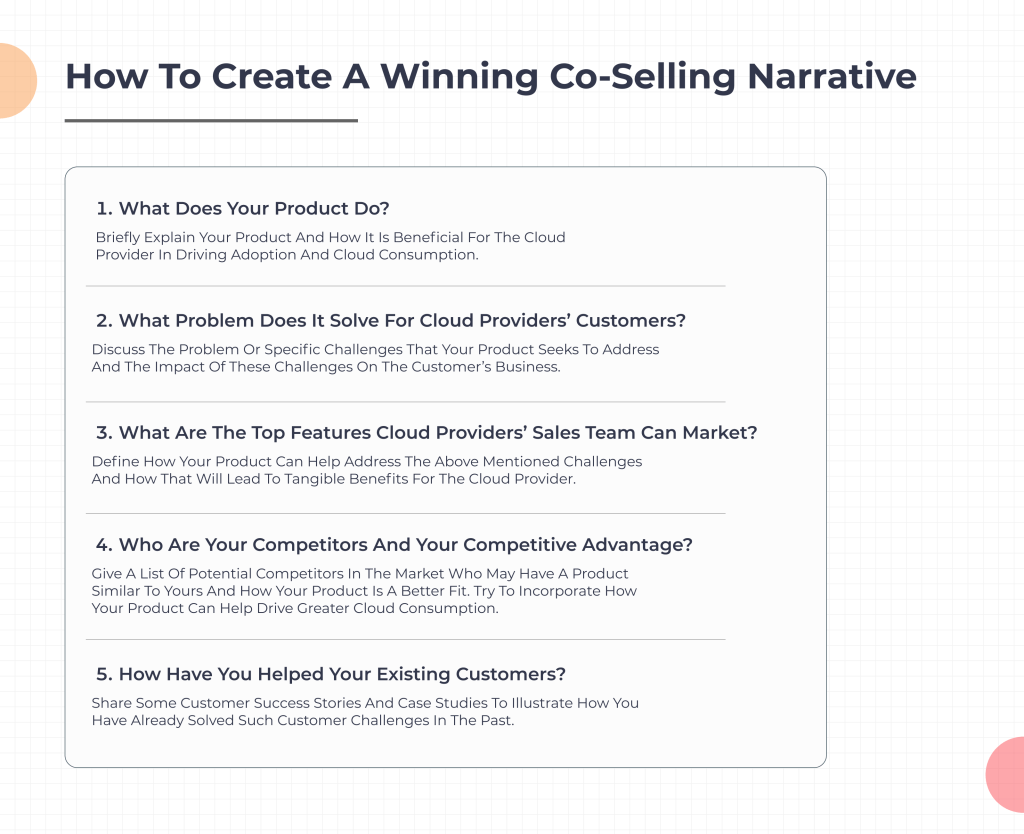
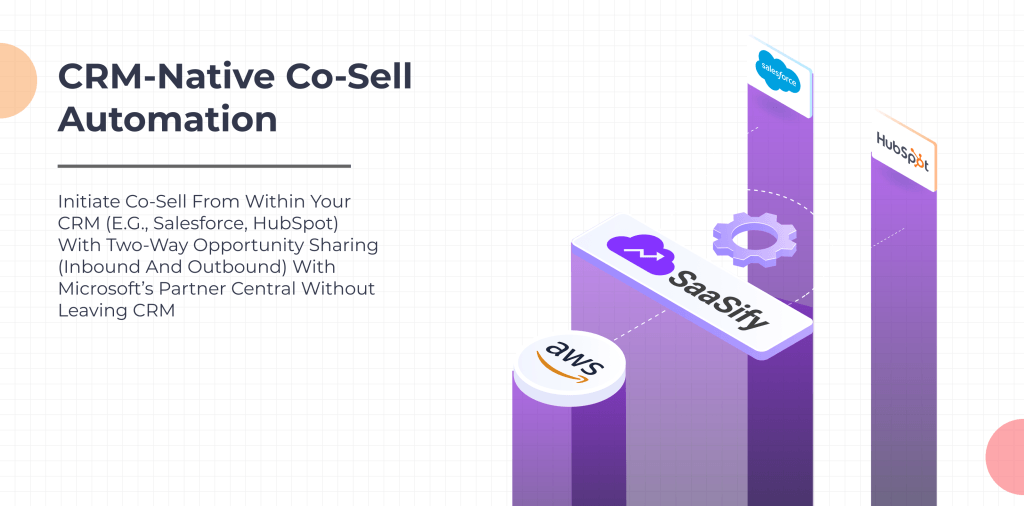
- Instant Co-Sell Visibility: Real-time bi-directional data sync ensures consistent deal status updates across systems. Also, easily track Microsoft seller engagement, partner approvals, and pipeline progression without leaving your CRM. Get real-time updates on approvals, shared notes, and customer interactions
- Choose Full or Semi-Automation: Flexible workflows based on your sales team’s maturity. Define custom approval triggers, auto-submit shared opportunities, or route for review based on deal stage, value, or customer segment
- Built-In Communication Flows: Receive instant alerts on Slack, Microsoft Teams, or email. Notify internal and external stakeholders of co-sell updates, approvals, and follow-ups automatically
- Unified Co-Sell Dashboard: Monitor pipeline health, win rates, seller engagement, and incentive eligibility. Filter by region, product, rep, or Microsoft play to surface insights for GTM alignment
Scaling Azure Sales with Advanced Reporting and Analytics
Tracking listings, deal health, co-sell contributions, and pipeline movement across Azure Marketplace is critical—but ISVs generally struggle with it. ISVs often get partial visibility, and reconciling this with CRM or finance systems adds operational drag.
Why Analytics Are Critical to Azure Marketplace Success
Without accurate, real-time insights, it’s hard to:
- Understand what’s working and what’s not across marketplace channels
- Attribute revenue correctly across direct sales, Microsoft co-sell, and CSPs
- Align internal sales ops and Microsoft sellers on shared goals
- Forecast growth, optimize pipeline, and make data-driven GTM decisions
However, there are certain reporting challenges ISVs face, including:
- Disjointed data sources (CRM, Partner Center, Azure reports)
- Limited co-sell attribution visibility
- Lagging insights—data available after the deal, not during
- No clear view of private offer performance, velocity, or value leakage
- Sales teams operating blindfolded—with no marketplace-specific dashboards
How SaaSify Helps
SaaSify offers a 360° view of your Azure marketplace pipeline, revenue, listings, and deal health—with role-based insights across product, sales, finance, and GTM teams. Unlike generic BI tools, SaaSify’s analytics are purpose-built for Azure Marketplace workflows and terminology. All this also comes with the ease to be viewed within the preferred CRM. Here’s what SaaSify unlocks:
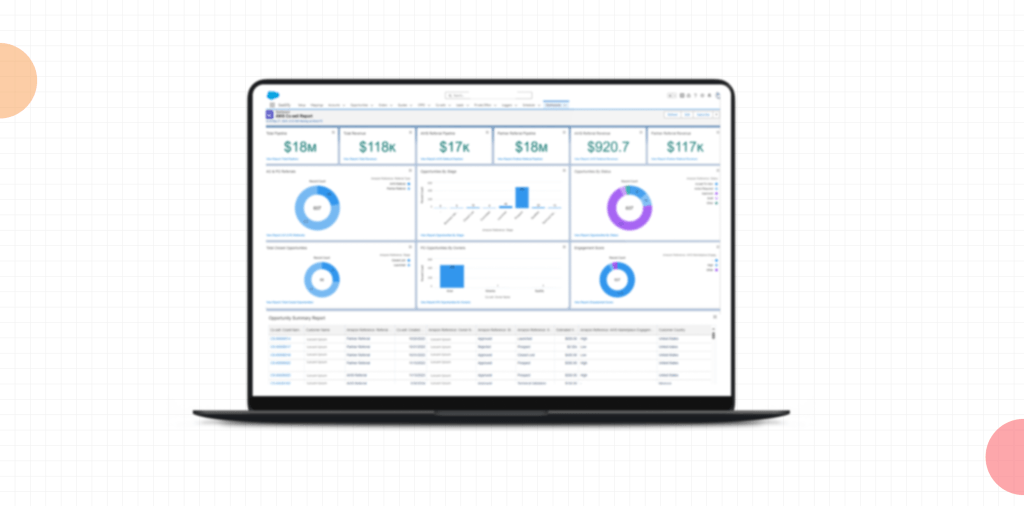
Real-Time Co-sell Analytics
- Track co-sell pipeline, deal aging, and win rates
- Attribute revenue correctly to Microsoft sellers and internal teams
- Visualize how co-sell is accelerating or influencing deals
Private Offer & MPO Performance Dashboards
- Monitor number of private offers created, accepted, or expired
- Analyze average deal velocity, pricing trends, and negotiation cycles
- Slice MPO data by partner, geography, deal size, or industry
Topline Marketplace Metrics and Forecasting
- Revenue by listing, plan, and offer type
- Predict pipeline closures and Azure consumption growth
- Identify top-performing reps, plans, and partners
Way Forward
Success on the Azure Marketplace isn’t just about going live—it’s about going strategic. By aligning your teams, automating your marketplace operations, enabling co-sell readiness, and leveraging advanced analytics, ISVs can unlock Microsoft’s full ecosystem advantage. Tools like SaaSify help remove the guesswork and manual overhead, transforming the Marketplace from a checkbox into a high-performing revenue channel. The result? Faster deals, broader reach, and more predictable growth in the cloud economy.
Frequently Asked Questions (FAQs)
1. What is the Azure Marketplace and why should ISVs care about it?
The Azure Marketplace is a digital catalog where ISVs can publish and sell their software solutions directly to Microsoft’s enterprise customers. It enables access to a global audience, streamlines procurement through Microsoft billing, and supports co-selling with Microsoft’s massive field sales force.
2. What are the main benefits of listing on the Azure Marketplace?
Key benefits include accelerated deal cycles, access to Microsoft’s committed cloud consumption budgets (MACC), co-sell opportunities with Microsoft sellers, simplified procurement for enterprise customers, and the ability to offer custom pricing through private offers.
3. What’s the difference between public and private offers?
- Public Offers: Standardized, transactable offers visible to all customers.
- Private Offers: Custom-priced offers with specific terms for individual customers or partners (Direct, CSP, or MPO). These offers are not publicly visible and are typically used to close high-value enterprise deals faster.
4. How long does it take to go live on the Azure Marketplace?
With traditional methods, it can take several weeks or even months due to technical, compliance, and operational complexity. However, with tools like SaaSify, ISVs can list transactable offers in under a week—without any engineering effort.




